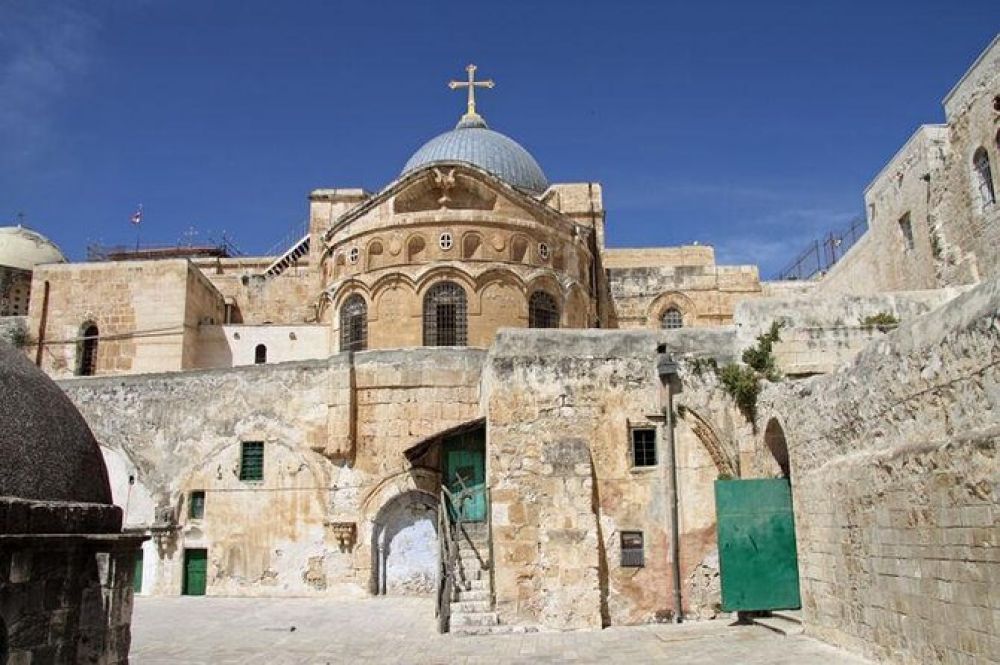

The Via Dolorosa, often referred to as the "Way of Sorrow," is deeply embedded in the fabric of religious tourism in Jerusalem. This historic pathway, believed to be the route that Jesus Christ took on his way to crucifixion, has been a focal point of pilgrimage for centuries. Present-day tourism in Jerusalem is heavily influenced by the religious significance of sites like the Via Dolorosa.
The history of the Via Dolorosa as a pilgrimage route dates back to the early centuries of Christianity. With the conversion of Emperor Constantine and the subsequent affirmation of Christianity in the Roman Empire, the fourth century saw the establishment of meaningful Christian sites, including those related to Jesus's passion. Pilgrims began to follow the route they believed mirrored Jesus’s footsteps to Golgotha.
Franciscan Custody of the Holy Land, which began in the 14th century, played a crucial role in shaping the current route of the Via Dolorosa. The Franciscans marked the Stations of the Cross along this path, solidifying the practice of following this particular route for reflection and prayer.
In modern times, the Via Dolorosa has remained an epicenter of religious devotion, drawing in countless visitors every year. Christian tourists and pilgrims of various denominations walk the approximately 600 meters of this sacred path, stopping at each of the 14 stations to pray and contemplate.
With the advancement of technology, there are new ways for pilgrims worldwide to engage with this historical route. Virtual reality tours and apps now offer immersive experiences of the Via Dolorosa for those who cannot make the journey in person.
Moreover, the area around the Via Dolorosa has evolved to accommodate tourists, with local businesses and markets springing up that cater to the needs of visitors, providing spiritual souvenirs and refreshments, merging the ancient tradition with the economic benefits of modern tourism.
The COVID-19 pandemic has had a significant impact on global tourism, and the Via Dolorosa was no exception. Travel restrictions led to a dramatic decrease in visitors, which in turn affected the local economy. However, as restrictions have eased, there is a noticeable resurgence in religious tourism, with pilgrims eager to return to the historic and spiritual site.
As global interest in cultural and religious heritage continues to grow, the Via Dolorosa is likely to maintain its position as a premier destination in the Holy Land. Interfaith dialogue and increased accessibility for tourists of all backgrounds suggest that the path will continue to be a place of deep historical and spiritual significance for years to come.
The local authorities and international organizations are also working to preserve the Via Dolorosa and its surroundings, ensuring that future generations can experience the profound impact of walking the "Way of Sorrow" in the heart of Jerusalem.